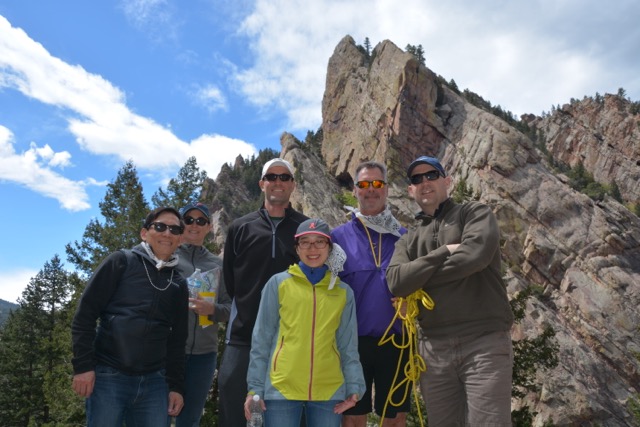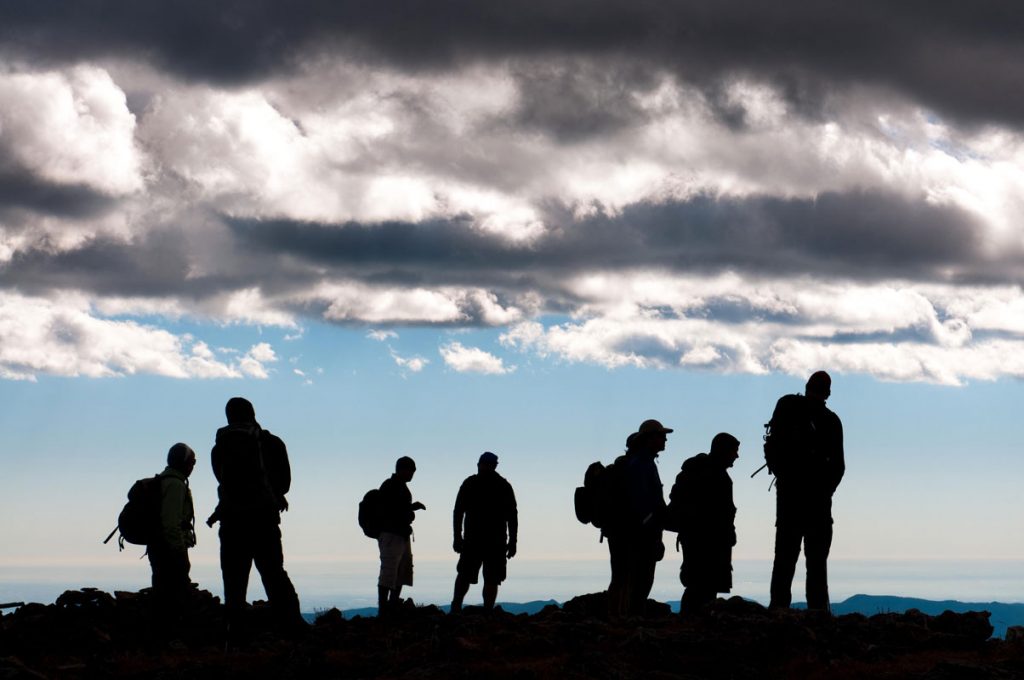The Classic Outward Bound Model
- joshua35736
- May 5, 2022
- 2 min read
For over 75 years, the Outward Bound network has directed individuals and groups through challenging outdoor experiences for the sake of learning, growth, and development. The classic Outward Bound model, as follows in summary, can be easily parsed for deeper understanding and greater utility. A learner is placed into prescribed physical and social environments and given a characteristic set of problem-solving tasks that create a state of adaptive dissonance. This state of adaptive dissonance promotes competence or mastery (of the task and/or environment) which can force a reorganization of meaning or context. The culmination of this experience may orient the learner towards further growth and learning.

Prescribed Environments and Problem Solving Tasks Outward Bound programs have been historically designed to create novel environments of contrast and choice. These environments and their paradoxical problems challenge participants to think and act critically at the intersection of contemplation and spontaneity. The resolution of these environments and tasks, and their states of adaptive dissonance, is the basis for experiential learning. Adaptive Dissonance and Competence or Mastery Contrasting situations and cognitive dissonance demand resolution in myriad ways including acquiescing, overcoming, coping, negotiating etc. The Outward Bound model derives these situations of dissonance and fosters their resolution towards competence or mastery of the task or environment. Reorganization of Meaning or Context a.k.a. The Good Stuff At the conclusion of an Outward Bound experience participants may report greater feelings of self-esteem, self-efficacy, group belonging, and trust in themselves and others. This is the good stuff. Growth and learning from new frames of meaning and context are the core outcome and chief success of Outward Bound programs. The Outward Bound model, at its best, contains the depth and power to transform participants’ underlying assumptions about themselves, the people around them, and the power they share to drive enlightened action and change in their environment.

Further Reading Beyond “The Outward Bound Process”, Rethinking Student Learning, Marcia Mckenzie, The Journal of Experiential Education, 2003 https://www.researchgate.net/publication/241420469_Beyond_The_Outward_Bound_Process_Rethinking_Student_Learning

Comments